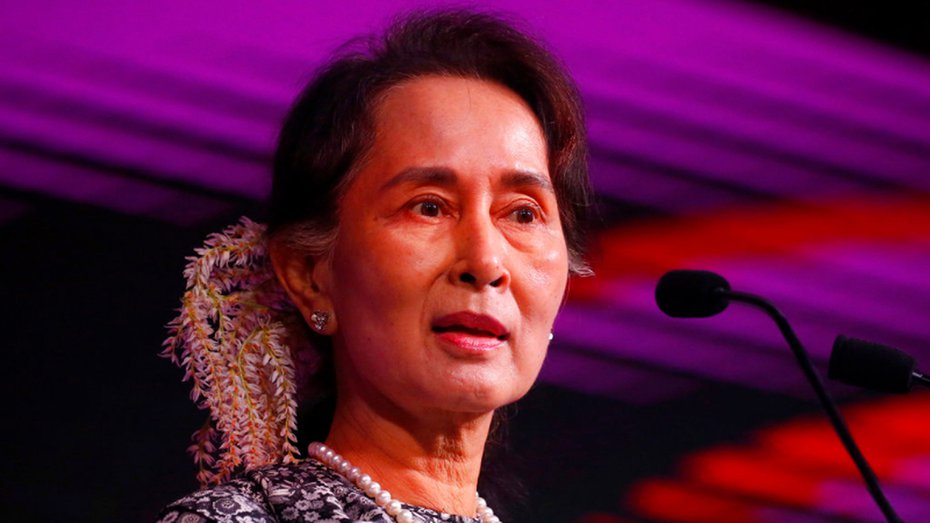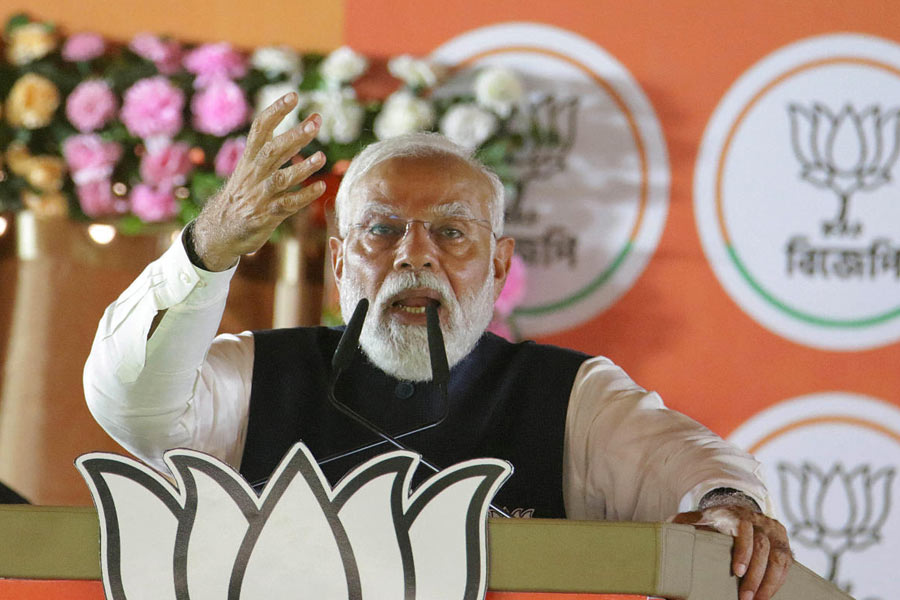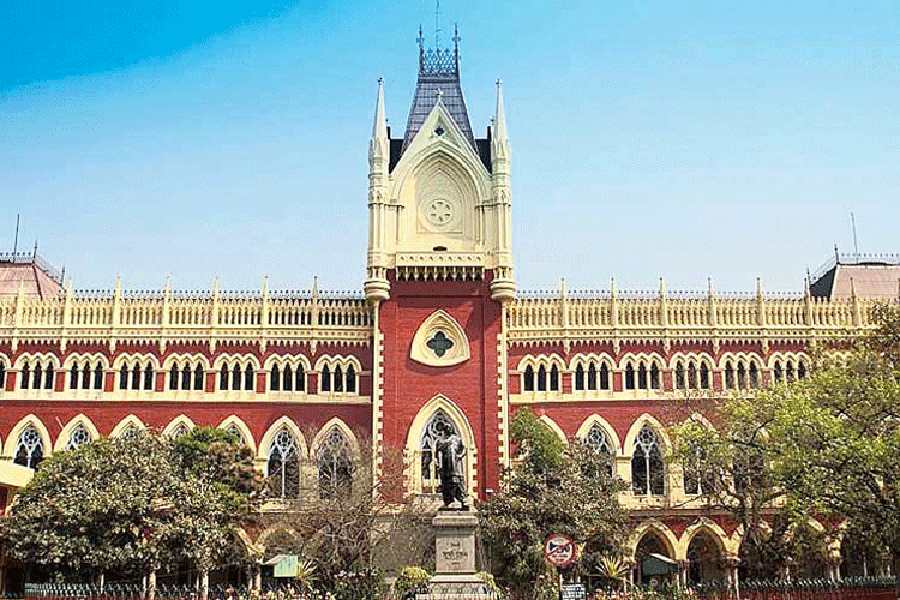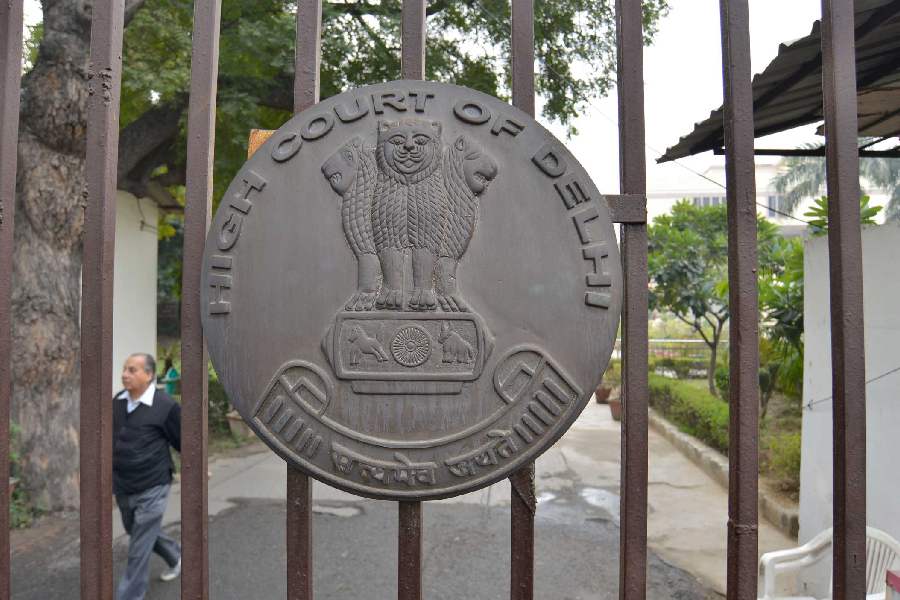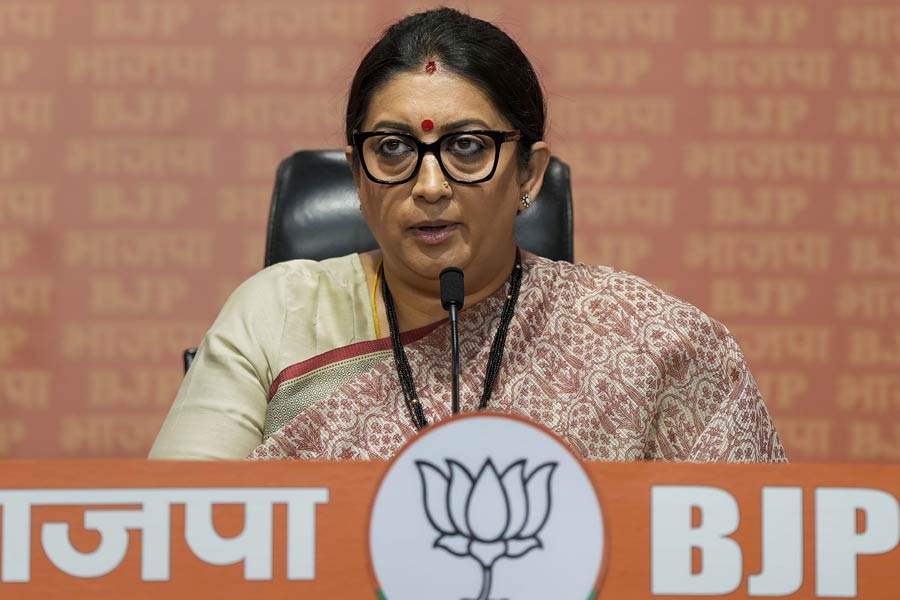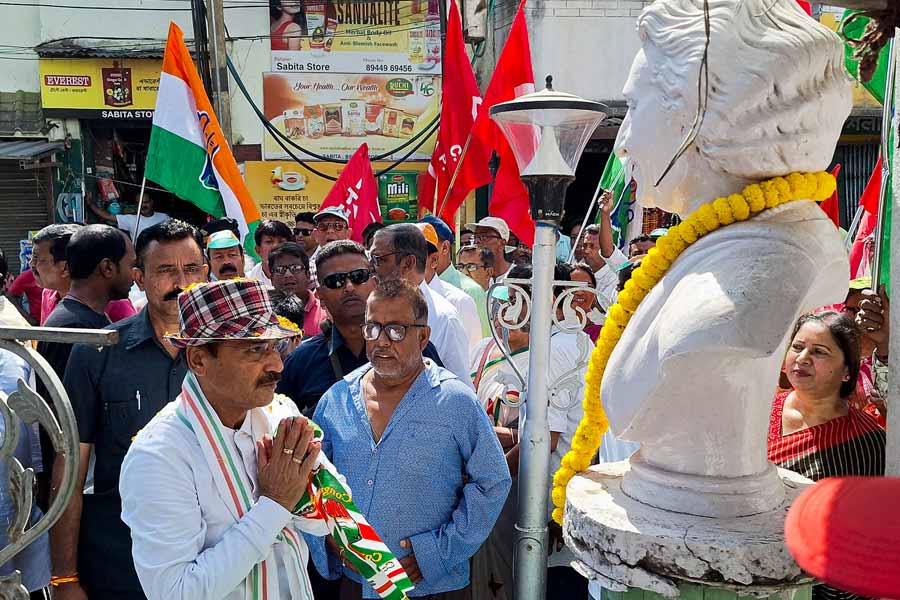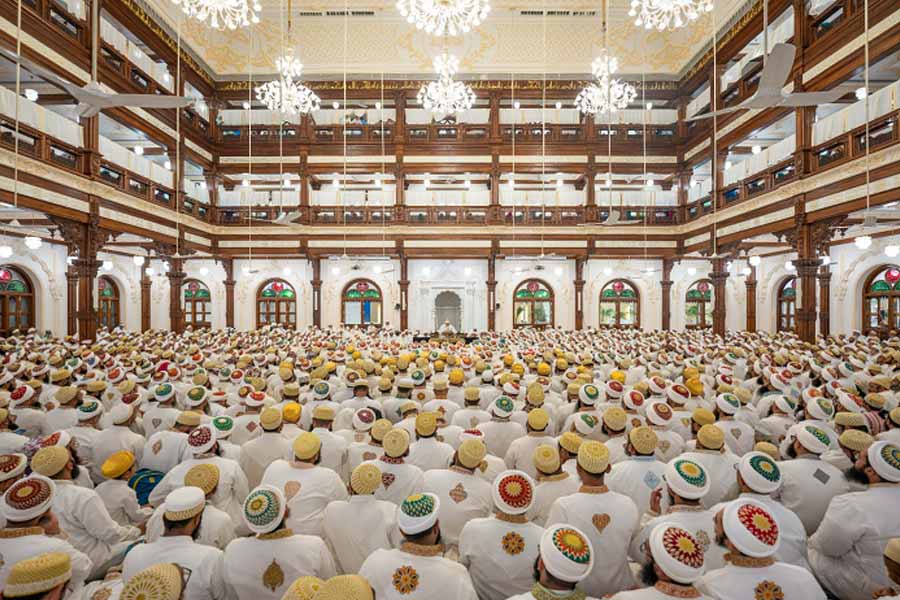August was the two-year anniversary of the expulsion of over 7,20,000 Rohingyas from Rakhine in Myanmar on account of the army’s allegedly disproportionate use of force after attacks by the Arakan Rakhine Salvation Army on the military’s posts. The images of Rohingyas, many of them in bloodstained clothes, crossing the Naf river to enter Bangladesh shook the conscience of the international community. The magnitude of the displacement in 2017 can be gauged from the fact that Maungdaw district, comprising of the townships of Maungdaw and Buthidaung, with a population of over 7,50,000 Rohingyas, witnessed a near-exodus.
But this was not the first displacement suffered by the Rohingyas. The number of Rohingyas living outside Myanmar is four times that of those who are in that country. As per the Arakan Project, the approximate number of Rohingyas living in Bangladesh, Saudi Arabia, Pakistan, India, the United Arab Emirates and Malaysia are as follows: 9,47,000, 5,00,000, 3,50,000, 40,000, 50,000 and 1,50,000, respectively.
Several rounds of shuttle diplomacy between Dhaka and Naypyidaw have taken place in the last two years to support repatriation. However, these efforts have yielded little success. The main impediment stalling repatriation is the demand by some Rohingyas of the full recognition of their political, social and economic rights. The Rohingyas had been stripped of citizenship rights by a law in 1982. Under this law, citizenship is based on the membership of the ‘national races’ which, the State says, settled in Myanmar prior to 1824, the date of the first occupation of the region by the British. Myanmar has 135 national races enshrined in its 2008 constitution and the Rohingyas are not part of this category.
At present, a fatigue prevails in the international community as efforts towards repatriation have achieved little success. Meanwhile, investors, particularly from Asian countries, are back in Myanmar. Officials say that there has been a 77 per cent increase in foreign direct investment. It stood at $2.3 billion in the first half of 2019, up from $1.3 billion last year. Recently, Myanmar and the Republic of Korea inked a series of agreements on economic and infrastructure development, which included an extension of a $1 billion loan to Myanmar for economic development.
For international stakeholders, a sustainable resolution of the Rohingya crisis is predicated upon support for current efforts to create a democratic and federal polity in Myanmar along with the simultaneous pursuit of accountability for human rights violations. Rohingyas will only be accepted in a democratic, inclusive, federal Myanmar. At present, the Myanmar military invokes the threat of Rohingyas to gain political legitimacy and the ruling political elite is insecure about adopting a liberal, accommodating approach towards the Rohingyas. It fears that it would lose the limited space in the power structure that it gained in the 2015 elections to the military or to political parties close to the military.
Myanmar’s military — the Tatmadaw — continues to wield a major influence, both constitutionally and politically. Section 339 of the Myanmar Constitution states that “The Defence Services shall lead in safeguarding the Union against all internal and external dangers”. The Constitution has numerous provisions that had given the military the role of saviour and supervisor as well as a veto in legislative work. Three important ministries — defence, home and border — are held by Myanmar officials. The military nominates 30 per cent members of Parliament. Any provision that seeks to extricate the military from the political structure will have to get the approval of the military members of Parliament.
There has, however, been a move that has the potential to invest a civilian leadership with power. The proposals — they have come in the penultimate year of the National League for Democracy’s present term — have inputs from 13 different political parties, including those representing ethnic minorities. While the regional parties have been categorical in their recommendation for the complete extrication of the military from the affairs of the country, the NLD has opted for an incremental approach. Even the recently submitted report by the independent, international fact-finding mission on Myanmar to the Geneva- based Human Rights Council acknowledges that “the new parliamentary committee tasked with reviewing the Constitution has an opportunity to pursue a clearer separation of powers and guarantees of fundamental freedoms.”
Connected with democratization is the issue of federalism, commonly known as the national reconciliation process, between the ethnic majority with Myanmar’s peripheral states inhabited by ethnic minorities. The NLD could have remedied some of the constitutional flaws that violate the tenets of federalism. A fitting example is Section 261 that says that the chief minister must be appointed by the president. This has led to strange results. The Arakan National Party was denied the post of chief minister even though it got the majority in the 2015 elections. The NLD appointed its own chief minister in Rakhine, undermining the social cohesion between Buddhists and Rohingya Muslims.
In this complicated political landscape, especially in Rakhine, the international community must remain invested in a long-term resolution of the Rohingya crisis, but it will be important not to lose sight of the overall structural changes that are required to make this happen.



